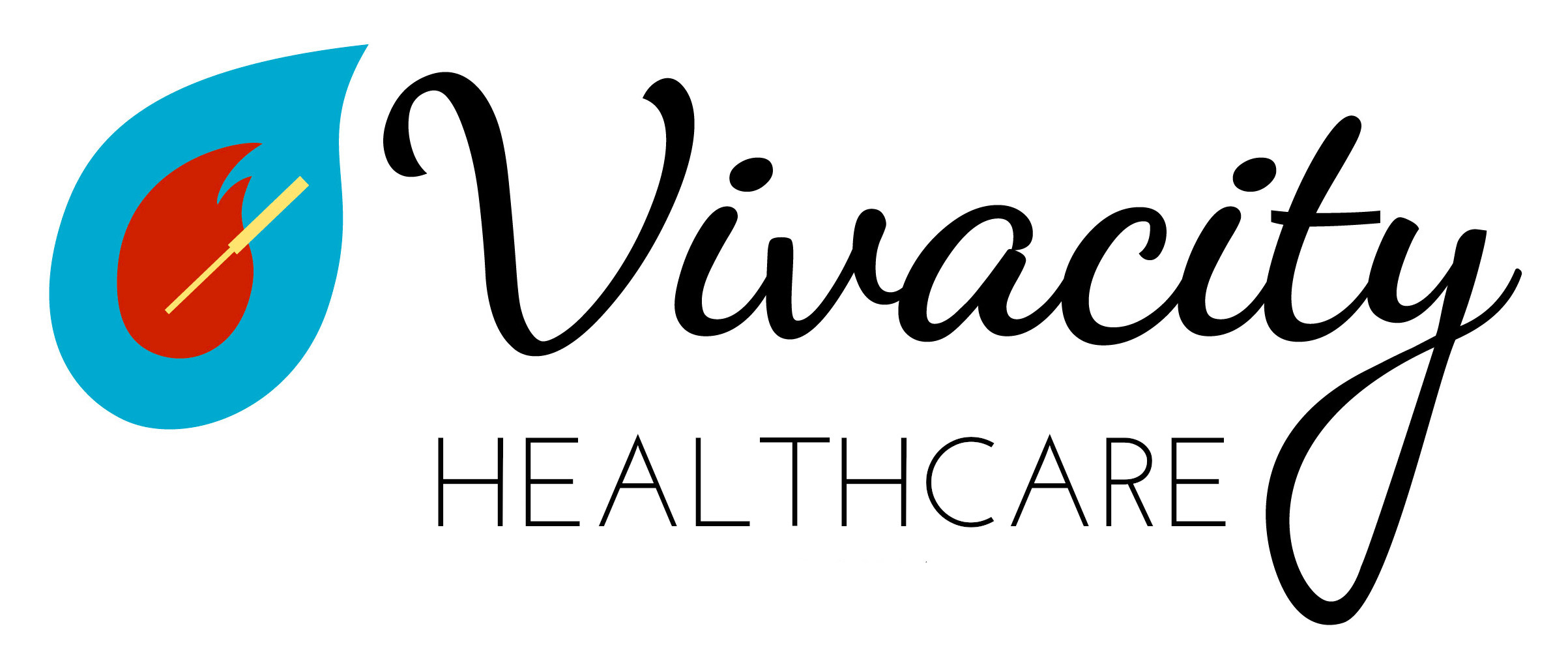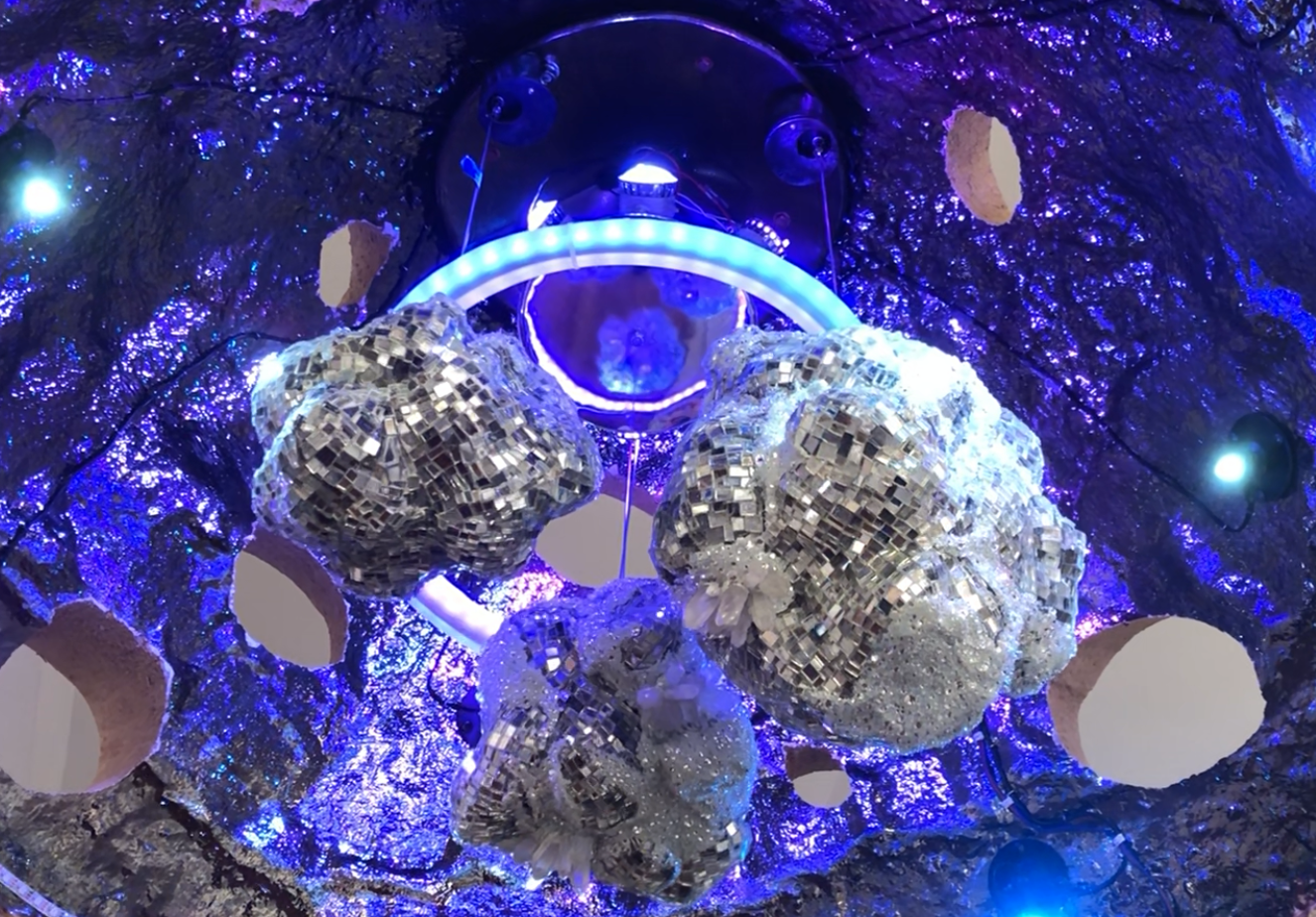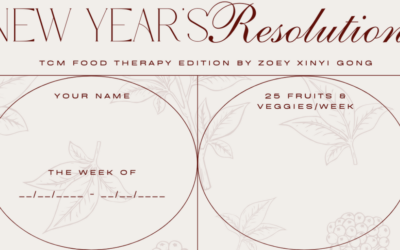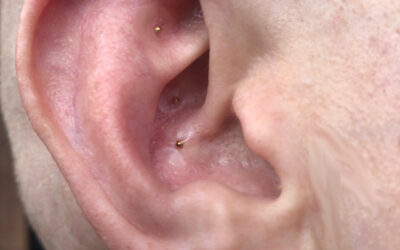As psychedelic medicine grows in prominence, researchers are increasingly exploring Ketamine Assisted Psychotherapy (KAP) – a new treatment paradigm that uses low to moderate doses of ketamine to facilitate psychological therapy. KAP’s effects are typically longer-lasting than biochemical ketamine therapy, which relies on repeated administration of the medicine to manage symptoms.
The benefits of KAP are attributed, in part, to integration. Integration, in this context, refers to practices that help people incorporate insights gained during non-ordinary states of consciousness (NOSC) into daily life, thus strengthening positive outcomes. Acupuncture and other modalities from Traditional East Asian Medicine (TEAM) are body-based integration methods that can foster lasting change after finite KAP treatment courses.
KAP dovetails synergistically with acupuncture in several key areas, specifically physical or emotional trauma-induced conditions and harm reduction. It has also been found helpful for PTSD (Ragnhildstveit et al, 2023), suggesting it may augment exposure therapy or bodywork for post-traumatic or painful conditions. In my acupuncture practice, I’ve found that patients are more relaxed while treating sensitive or painful areas after sub-anesthetic doses of ketamine. This both enhances their experience and improves health outcomes.
Neurological Evidence
Ketamine produces effects that are similar to those of classic psychedelics, including changes in thought patterns, mystical experiences, and visualizations (Studerus, 2010). This non-classic psychedelic yields more disembodiment than substances such as psilocybin, which augments its potential for pain therapy. And in contrast to serotonergic psychedelics, which are incompatible with SSRIs, ketamine may be safely used without discontinuing use of antidepressants and mood-stabilizing medications (Feduccia, 2023). The mystical experience aspect ameliorates cocaine addiction (Dakwar, 2017), alcohol addiction (Dakwar, 2019), and opioid use disorder (Krupitsky, 2007), while, for several decades now, acupuncture has been a staple in holistic programs to reduce substance dependencies as well (Oyola-Santiago, 2013).
KAP outcomes are mediated by the GABA-glutamate system. This system regulates alertness, mood, anxiety, and neuroplasticity functions such as the release of brain-derived neurotrophic factor (BDNF) which can aid in the survival of neurons (Autry, 2011). Chronic stress and inflammation, common in depression, are detrimental to both structural and functional neuroplasticity (Zilles, 1992). Research shows that ketamine can restore dendritic spines lost due to stress, as well as forming new spines and new functional neural synapses (Moda-Sava, 2019).
Experience It Locally
Cardea is an innovative clinic in Tribeca offering unique combinations of ketamine experiences, dialogic therapy, and bodywork – including acupuncture provided by myself. The type of ketamine used is a racemic form in a nasal spray that outperforms the patented nasal spray esketamine (Bahji, 2021). Cardea also offers group sessions each month with recorded or live sound healing. This is a great way to join a small group of people with whom to share a few experiences, and it comes at a lower cost than individual sessions.
Historically, psychedelics were often used in community, and many people today find that a small group setting delivers surprising therapeutic benefits. I will soon offer group acupuncture sessions for ketamine experience integration in Cardea’s beautifully designed gathering grotto (photo to the right).
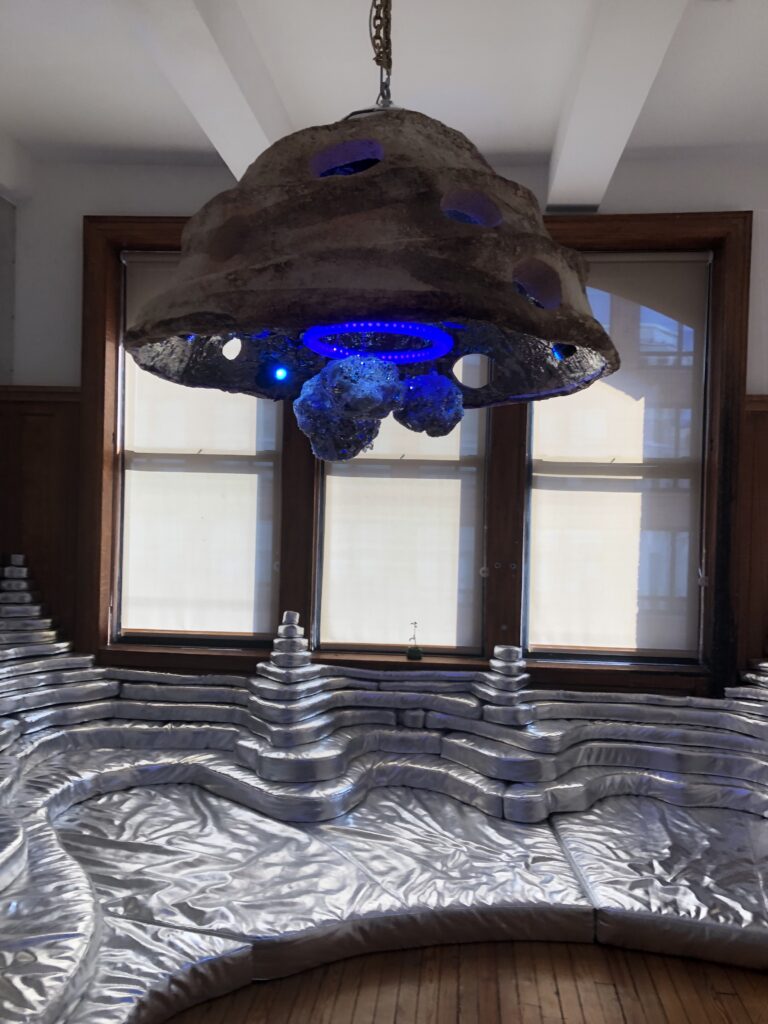
For more information, schedule a consultation with our team:
References
Autry, A. E., Adachi, M., Nosyreva, E., Na, E. S., Los, M. F., Cheng, P., Kavalali, E. T., & Monteggia, L. M. (2011). NMDA receptor blockade at rest triggers rapid behavioural antidepressant responses. Nature, 475(7354), 91–95. https://doi.org/10.1038/nature10130
Bahji, A., Vazquez, G. H., & Zarate, C. A. (2021). Comparative efficacy of racemic ketamine and esketamine for depression: A systematic review and meta-analysis. Journal of Affective Disorders, 278, 542–555. https://doi.org/10.1016/j.jad.2020.09.071
Dakwar, E., Hart, C. L., Levin, F. R., Nunes, E. V., & Foltin, R. W. (2017). Cocaine self-administration disrupted by the N-methyl-D-aspartate receptor antagonist ketamine: a randomized, crossover trial. Molecular psychiatry, 22(1), 76-81.
Dakwar, E., Levin, F., Hart, C. L., Basaraba, C., Choi, J., Pavlicova, M., & Nunes, E. V. (2020). A single ketamine infusion combined with motivational enhancement therapy for alcohol use disorder: a randomized midazolam-controlled pilot trial. American Journal of Psychiatry, 177(2), 125-133.
Feduccia, A., Agin-Liebes, G., Price, C. M., Grinsell, N., Paradise, S., & Rabin, D. M. (2023). The need for establishing best practices and gold standards in psychedelic medicine. Journal of Affective Disorders, 332, 47-54
Krupitsky, E. M., Burakov, A. M., Dunaevsky, I. V., Romanova, T. N., Slavina, T. Y., & Grinenko, A. Y. (2007). Single versus repeated sessions of ketamine-assisted psychotherapy for people with heroin dependence. Journal of psychoactive drugs, 39(1), 13-19.
Moda-Sava, R. N., Murdock, M. H., Parekh, P. K., Fetcho, R. N., Huang, B. S., Huynh, T. N., Witztum, J., Shaver, D. C., Rosenthal, D. L., Alway, E. J., Lopez, K., Meng, Y., Nellissen, L., Grosenick, L., Milner, T. A., Deisseroth, K., Bito, H., Kasai, H., & Liston, C. (2019). Sustained rescue of prefrontal circuit dysfunction by antidepressant-induced spine formation. Science, 364(6436). https://doi.org/10.1126/science.aat8078
Oyola-Santiago, T., Knopf, R., Robin, T., & Harvey, K. (2013). Provision of auricular acupuncture and acupressure in a university setting. Journal of American college health : J of ACH, 61(7), 432–434. https://doi.org/10.1080/07448481.2013.820190
Ragnhildstveit A, Roscoe J, Bass LC, Averill CL, Abdallah CG, Averill LA. The potential of ketamine for posttraumatic stress disorder: a review of clinical evidence. Therapeutic Advances in Psychopharmacology. 2023;13. doi:10.1177/20451253231154125
Studerus, E., Gamma, A., & Vollenweider, F. X. (2010). Psychometric Evaluation of the
Altered States of Consciousness Rating Scale (OAV). PLOS ONE, 5(8), e12412. https://doi.org/10.1371/journal.pone.0012412
Walsh, Z., Mollaahmetoglu, O. M., Rootman, J., Golsof, S., Keeler, J., Marsh, B., Nutt, D. J., & Morgan, C. J. A. (2021). Ketamine for the treatment of mental health and substance use disorders: comprehensive systematic review. BJPsych open, 8(1), e19. https://doi.org/10.1192/bjo.2021.1061
Zilles, K. (1992). Neuronal plasticity as an adaptive property of the central nervous system. Annals of Anatomy – Anatomischer Anzeiger, 174(5), 383–391. https://doi.org/10.1016/S0940-9602(11)80255-4
